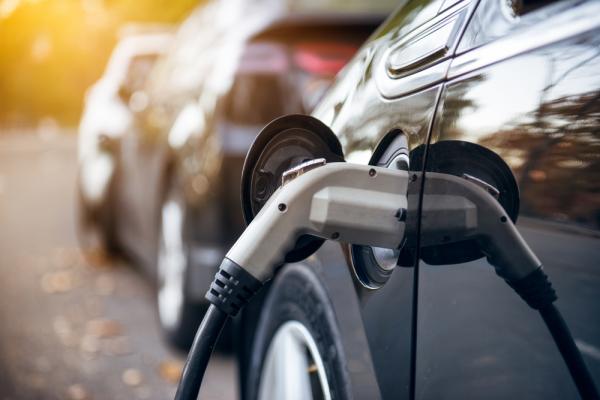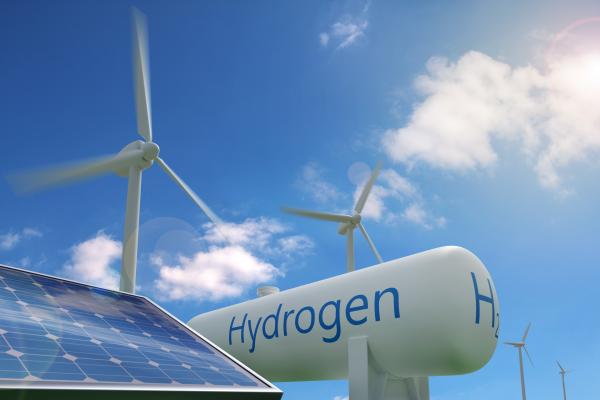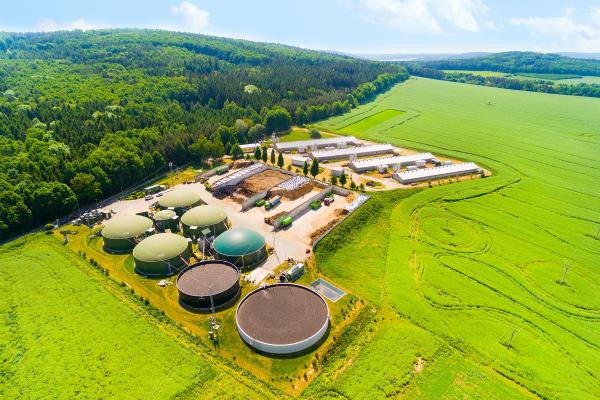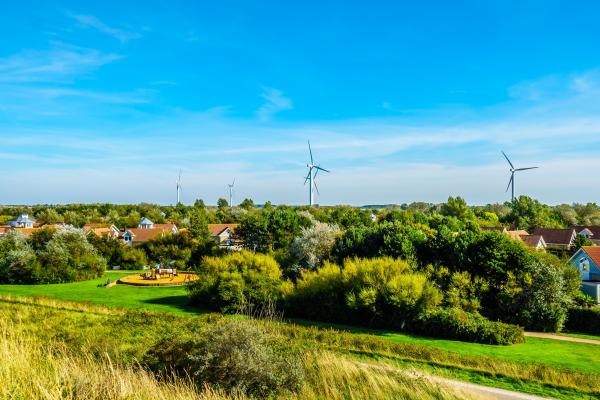The European Green Deal provides a roadmap to our clean energy future. A core promise is to achieve carbon neutrality by 2050. This means we must slash carbon emissions every decade by half. The energy security question adds further impetus - renewable energy will be produced, stored and consumed in Europe.
The grand transformation means a complete reform of how we produce energy in the EU, but the European Commission insists that people must remain at the centre of the transformation so that nobody is left behind.
Grand transformations are not new. The most recent example is the mobile phone - which went from being novel in 1990 to being ubiquitous today. Also, in the 20th century, the world moved from horse-drawn transport to motorised transport in a span of 30 years. There is enough time, there is the motivation, it can be done if we start now, according to Nebojsa Nakicenovic, from the EC's Group of Chief Scientific Advisors.
Research projects
Thousands of research projects are underway in Europe today to create clean energy systems in the community. Horizon magazine examines the role of the energy transformation through technology and community. In the immediate future we will write articles on how
- Energy communities will have a greater role to play
- Energy systems will be more efficient
- Hydrogen will become common
- Batteries will be more powerful
Communities for energy
Energy communities are a new way of organising the production and consumption of renewable energy in the EU on a co-operative basis. This energy generation mostly takes place in the location where it’s consumed. The energy crisis and climate change are global problems, but what if the solution to some of the problems of high prices and greenhouse gas emissions were to be found at the local and regional level through energy communities?
Energy efficiencies
Adapting existing Combined Heat and Power (CHP) energy systems to a more sustainable footing is an opportunity to reduce pollution and recover energy that would otherwise be wasted. Decarbonising heating and cooling is an engineering and technical challenge with the goal of upgrading CHP to provide energy without pollution. We examine some promising breakthroughs in this area of clean energy production.
Hydrogen energy
Hydrogen can play a critical role in the energy transformation. It can be used as a feedstock, a fuel or for energy storage. 'Hydrogen valleys’ are locally integrated hydrogen energy ecosystems for climate change mitigation and regional economic development. Set within a defined geographic area, they develop a hydrogen value chain from H2 production, storage and transport to its end use in various sectors such as mobility, industry and heating. We look at ‘hydrogen valleys’ and ‘hydrogen islands’ to see how the growth of renewable hydrogen energy is developing.
Energy storage
Better batteries will become an increasing part of our lives - for use in everything from our personal devices to our homes, transport and communities. We will examine how future battery technology will end range anxiety for electric vehicles and how large-format batteries will store the surplus energy from renewables for use at any time it is needed. Batteries are here to stay so, at the same time, the need for sustainable battery manufacture and recyclability is uppermost.





